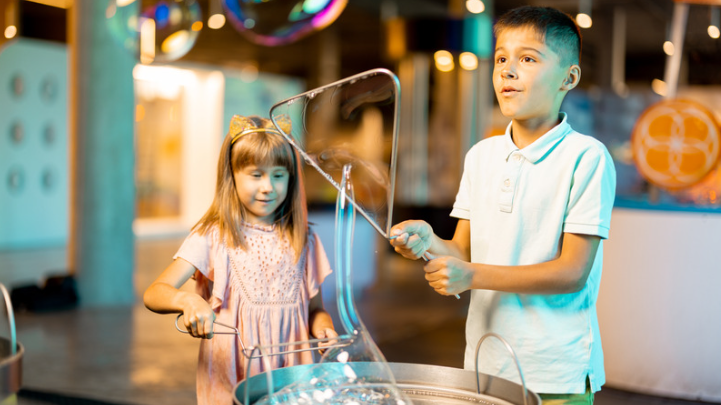
Stepping into a life and science museum is like embarking on a thrilling journey through the wonders of the natural world and human innovation. From interactive exhibits that bring biology and physics to life, to hands-on experiments that ignite curiosity, these museums offer a captivating blend of education and entertainment. As I explore the corridors filled with ancient fossils, futuristic technology, and everything in between, I can’t help but marvel at the endless possibilities that science holds.
With each display sparking new questions and discoveries, visiting a life and science museum is not just a visit—it’s an immersive experience that inspires a deeper appreciation for the world around us. Join me on a virtual tour through the realms of biology, astronomy, and beyond, as we delve into the fascinating intersection of life and science within these extraordinary institutions.

Life and Science Museums
Exploring the evolution of life and science museums reveals a rich tapestry of history, innovation, and education. These institutions have transformed over the years, adapting to the changing landscape of science communication and visitor engagement.
- Origins
- Museums dedicated to life and science have deep roots, with origins dating back centuries.
- Initially serving as cabinets of curiosities for the wealthy elite, these spaces evolved into public institutions open to all.
- The shift towards accessibility democratized knowledge, allowing people from all walks of life to engage with scientific discoveries and cultural artifacts.
- Interactive Exhibits
- One of the most significant developments in the evolution of these museums is the rise of interactive exhibits.
- Traditional static displays gave way to dynamic experiences that encourage hands-on learning and active participation.
- Visitors now have the opportunity to conduct experiments, simulate scientific phenomena, and immerse themselves in interactive displays that bring concepts to life.
- Integration of Technology
- As technology advanced, life and science museums embraced digital innovations to enhance visitor experiences.
- Virtual reality simulations, augmented reality overlays, and interactive touchscreens have become common features in modern museum exhibits.
- These technological integrations not only make complex scientific concepts more accessible but also cater to the digital-native sensibilities of contemporary audiences.
- Collaborations and Partnerships
- Collaborations with academic institutions, research organizations, and technology companies have become integral to the evolution of life and science museums.
- By partnering with experts in various fields, museums can present cutting-edge research, incorporate the latest technologies, and offer unique educational programs.
- These collaborations ensure that museums remain at the forefront of scientific discovery and innovation, enriching the visitor experience with up-to-date knowledge and insights.
- Outreach and Education Initiatives
- In addition to traditional exhibits, life and science museums have expanded their outreach and education initiatives.
- Programs such as workshops, lectures, school partnerships, and community events engage audiences beyond museum walls, fostering a deeper connection to science and its impact on society.
- By reaching out to diverse communities and age groups, museums play a vital role in promoting scientific literacy and sparking curiosity in the next generation of scientists and innovators.
The evolution of life and science museums reflects a dynamic blend of tradition and innovation, offering captivating experiences that inspire wonder and discovery in visitors of all ages.

Importance of Life and Science Museums
Exploring the significance of life and science museums unfolds a world of knowledge and innovation. These museums serve as powerful educational platforms that engage visitors in captivating experiences, fostering a deeper understanding of our natural world and technological advancements.
Life and science museums provide a unique opportunity for hands-on learning, allowing visitors to interact with exhibits that showcase the wonders of biology, ecology, astronomy, and more. Through interactive displays and immersive experiences, these museums enable guests to delve into the complexities of the universe, from microscopic organisms to the vastness of space.
Impact of Life and Science Museums on Society
Exploring the impact of life and science museums on society, I delve into their pivotal role in fostering curiosity, scientific literacy, and community engagement. These museums serve as dynamic educational platforms, offering immersive experiences that transcend traditional learning boundaries. They play a crucial role in shaping perspectives and inspiring wonder among individuals of all ages.
Life and science museums significantly contribute to enhancing scientific knowledge among the public. By providing interactive exhibits and hands-on activities, they make complex scientific concepts accessible and engaging. Visitors get the opportunity to explore the mysteries of biology, ecology, astronomy, and more in a fun and interactive manner, fostering a deeper understanding of the natural world.
